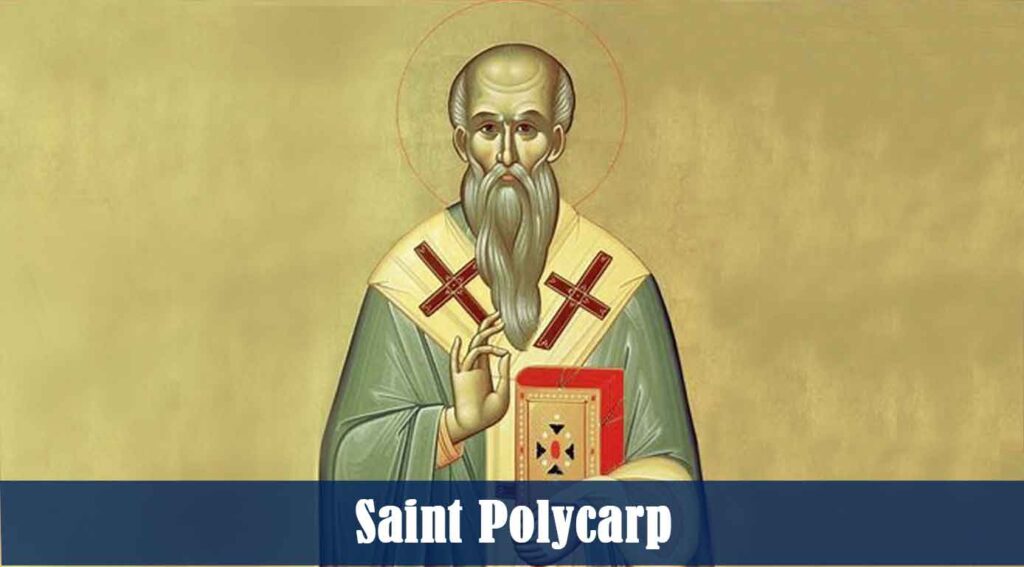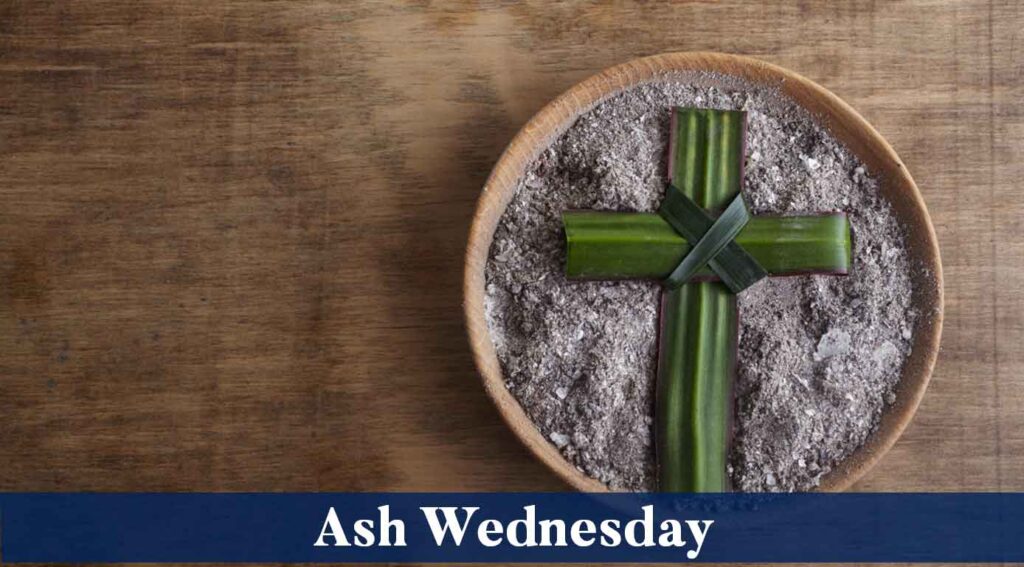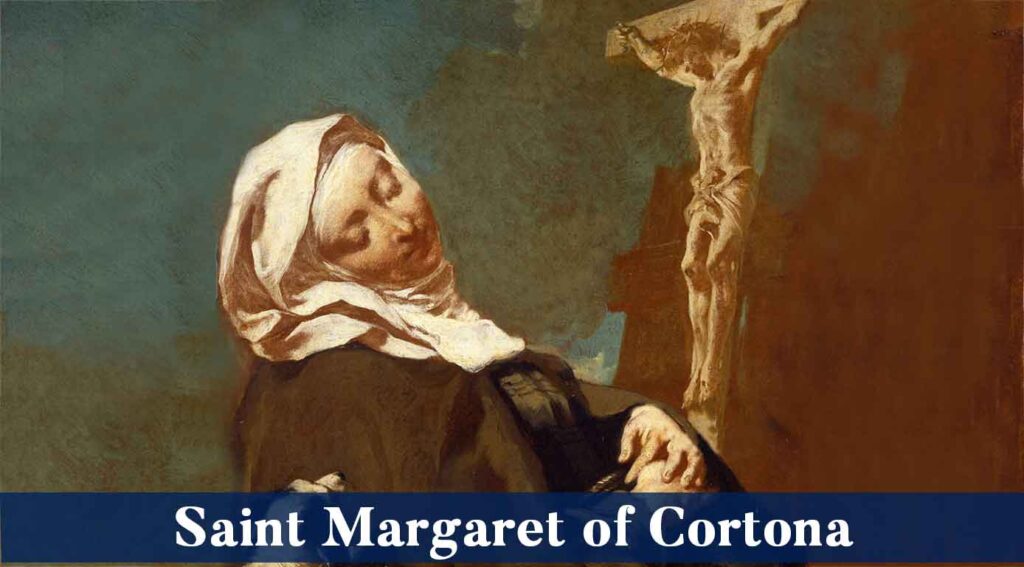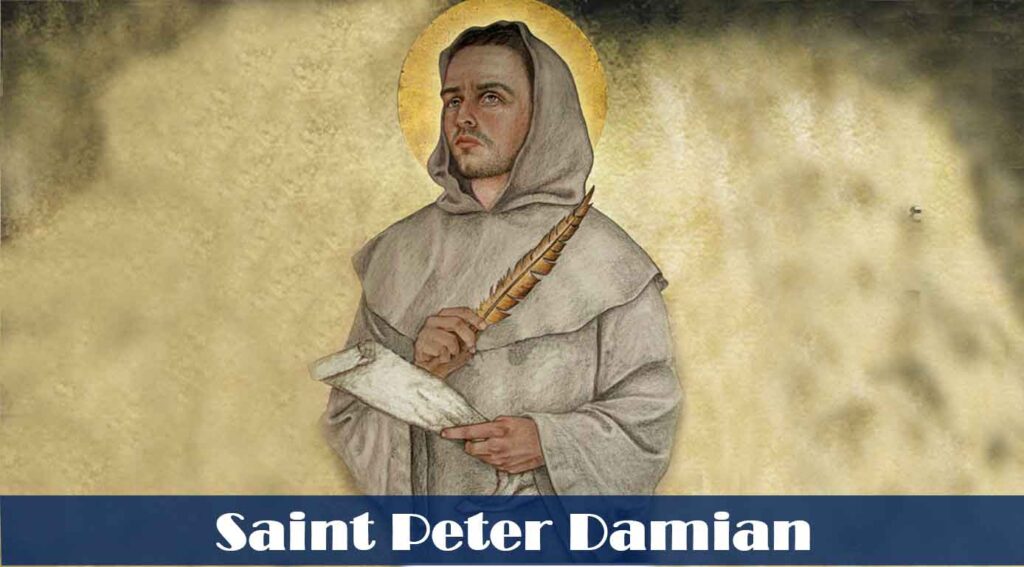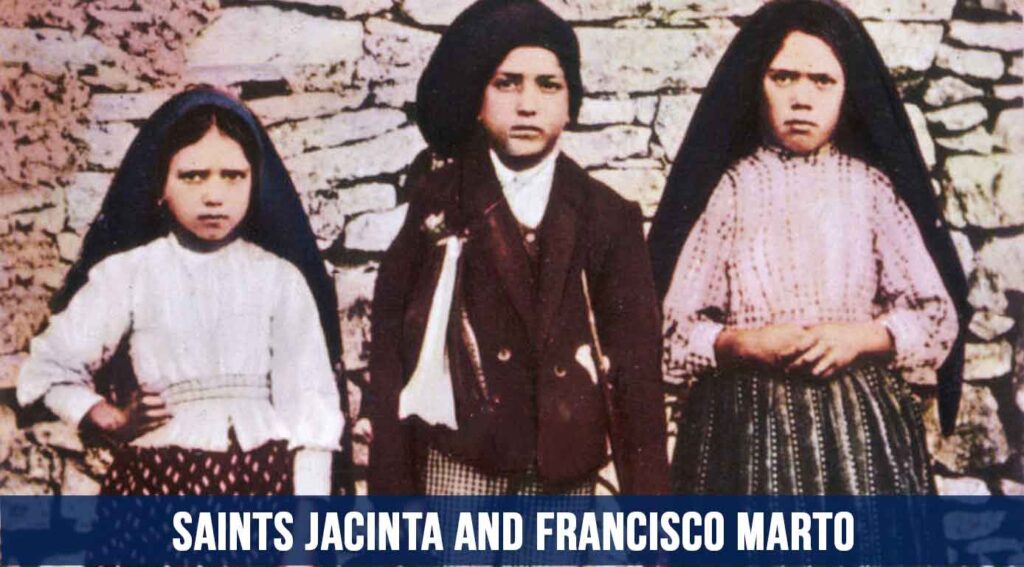O God of goodness and mercy, to Thy fatherly guidance we commend our family, our household and all our belongings. We commit all to Thy love and keeping; do Thou fill this house with Thy blessings even as Thou didst fill the holy House of Nazareth with Thy presence.
Keep far from us, above all else, the blemish of sin, and do Thou alone reign in our midst by Thy law, by Thy most holy love and by the exercise of every Christian virtue. Let each one of us obey Thee, love Thee and set himself to follow in his own life Thine example, that of Mary, Thy Mother and our Mother most loving, and that of Thy blameless guardian, Saint Joseph.
Protect us and our house from all evils and misfortunes, but grant that we may be ever resigned to Thy divine will even in the sorrows which it shall please Thee to send us. Finally give unto all of us the grace to live in perfect harmony and in the fullness of love toward our neighbor. Grant that every one of us may deserve by a holy life the comfort of Thy holy Sacraments at the hour of death. O Jesus, bless us and protect us.
O Mary, Mother of grace and of mercy, defend us against the wicked spirit, reconcile us with Thy Son, commit us to His keeping, that so we may be made worthy of His promises.
Saint Joseph, foster-father of our Savior, guardian of His holy Mother, head of the Holy Family, intercede for us, bless us and defend our home at all times.
Saint Michael, defend us against all the evil cunning of hell.
Saint Gabriel, make us to understand the holy will of God.
Saint Raphael, preserve us from all sickness and from every danger to our lives.
Our holy Guardian Angels, keep our feet safely on the path of salvation both day and night.
Our holy Patrons, pray for us before the throne of God.
Yea, bless this house, O God the Father, who hast created us; O God the Son, who hast suffered for us upon the holy Cross, and Thou, O Holy Spirit, who hast sanctified us in holy Baptism. May the one God in three divine Persons preserve our bodies, purify our minds, direct our hearts and bring us all to everlasting life.
Glory be to the Father, glory be to the Son, glory be to the Holy Ghost! Amen.




